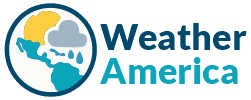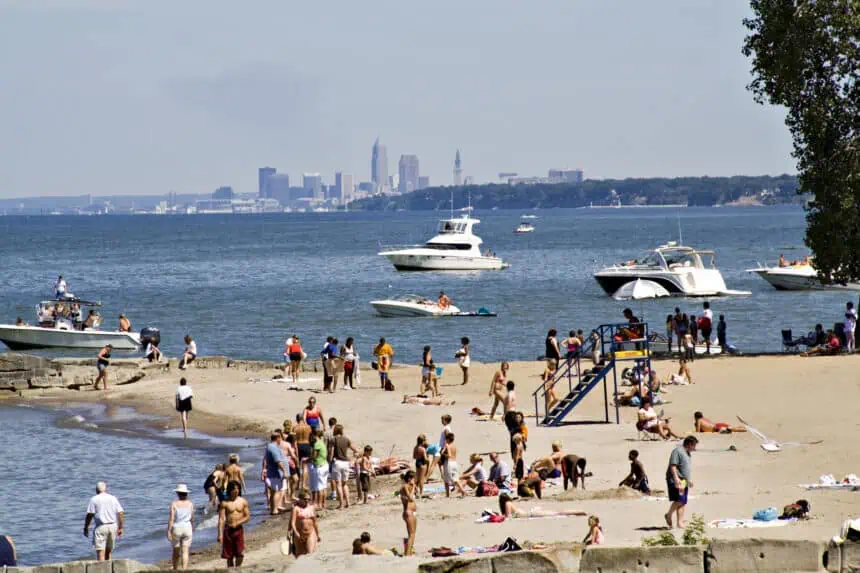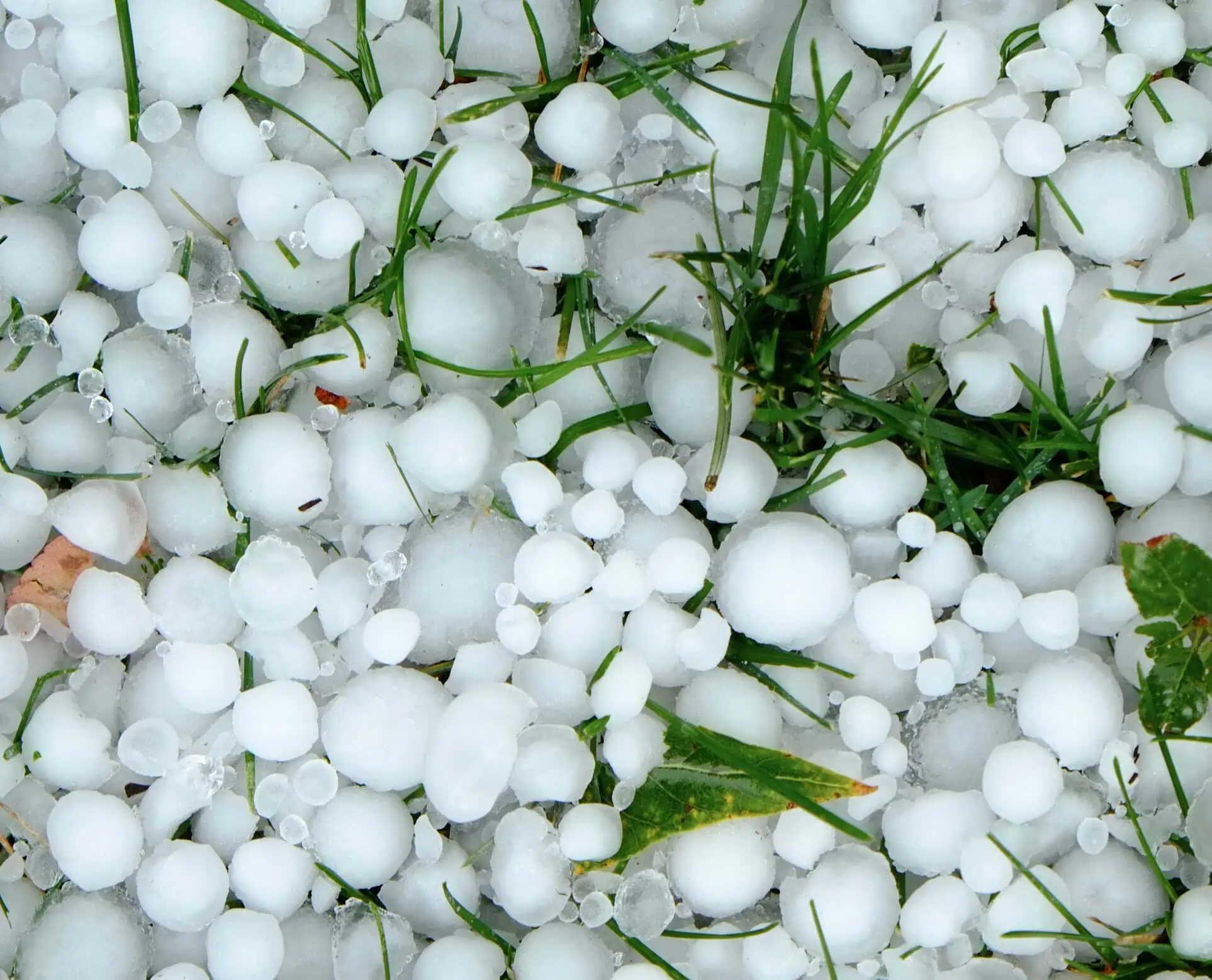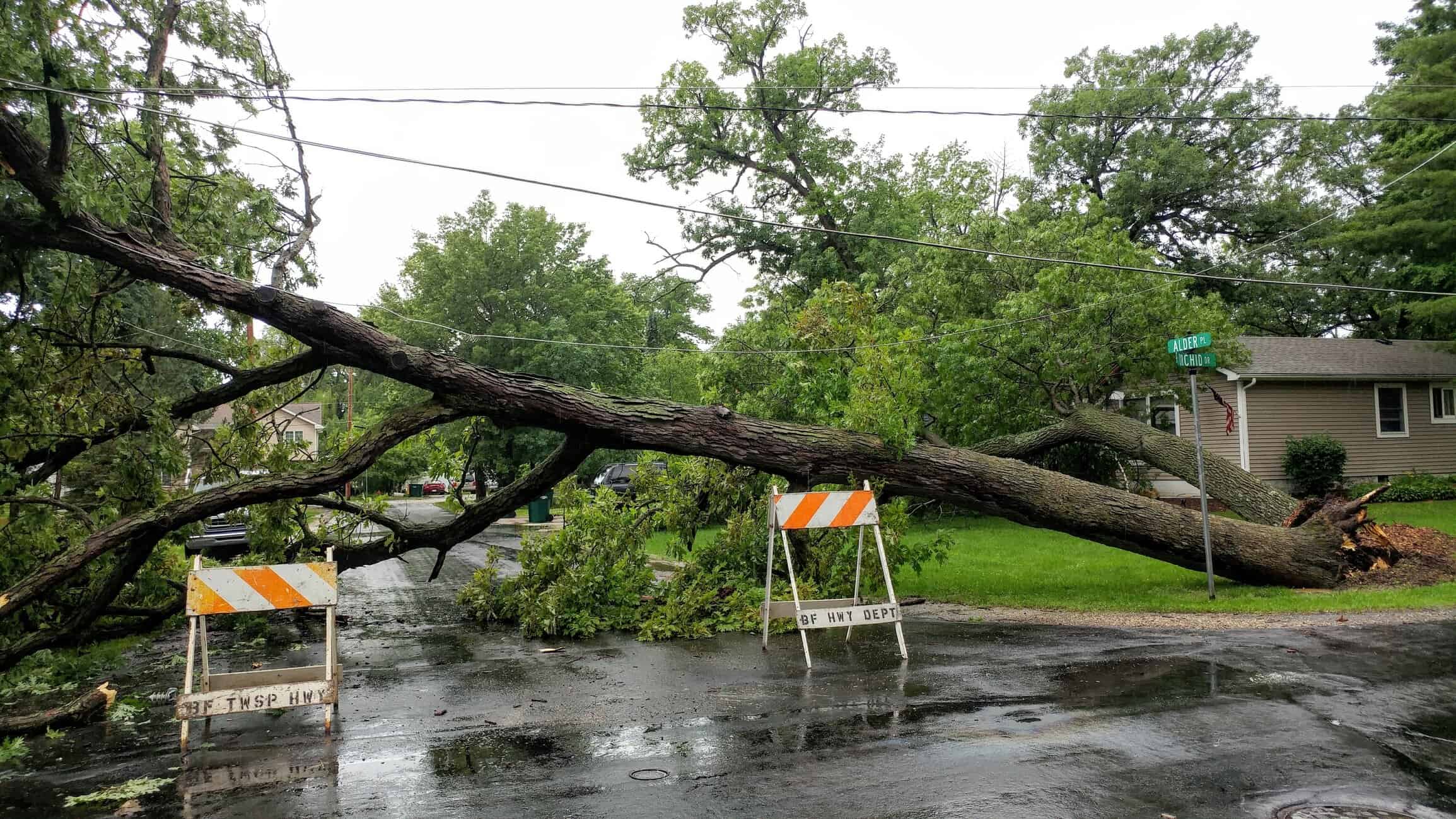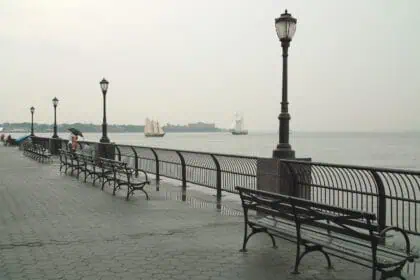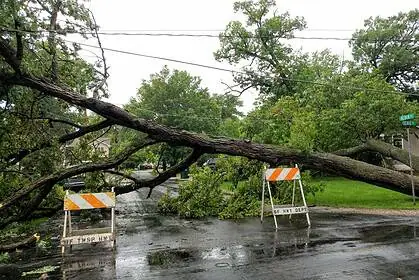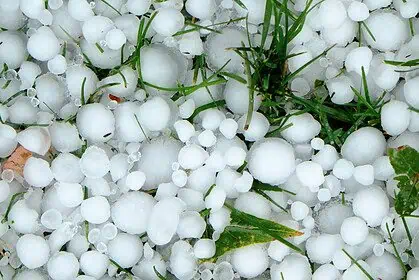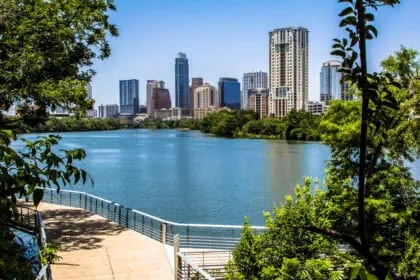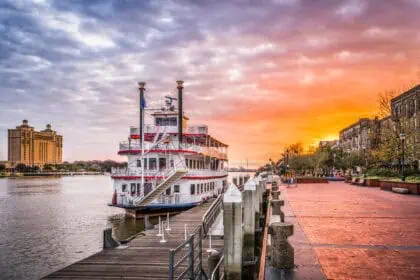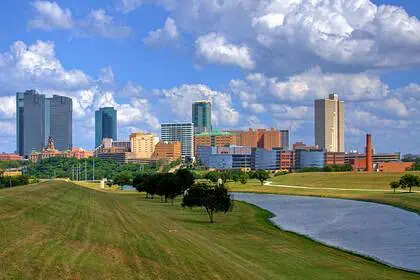Northeast Ohio is entering a stretch of oppressive warmth. Wednesday, July 23, afternoon readings reached the upper 80s °F (about 31 °C) to lower 90s °F (around 33 °C); overnight, the mercury stalled in the mid 60s °F (18–20 °C) to lower 70s °F (21–23 °C) interval.
The surge continues Thursday, July 24, when muggy air drawn north from the Gulf of Mexico pushes actual temperatures into the lower–mid 90s °F (32–35 °C). Combined moisture will drive the heat index toward 95–105 °F (35–40 °C). The National Weather Service posted a Heat Advisory from 11 a.m. to 8 p.m. for Cleveland, Akron, Lorain and surrounding locales. A stagnant atmosphere and a thin veil of returning smoke have also nudged particle counts into the “unhealthy for sensitive groups” bracket.
A faint lake breeze may grant temporary relief to communities along Lake Erie, yet most interior counties remain exposed to blazing sunshine. Scattered, isolated thunderstorms could flare late in the afternoon; any cell that forms may unleash brief, forceful gusts before fading after dusk.
Evening readings on both Wednesday and Thursday hover near the lower 70s °F (21–23 °C), limiting nighttime cooling.
Several Cleveland recreation hubs offer cooled spaces from 11 :30 a.m. to 10 p.m. Thursday and Friday. Sites include Zelma George at 3155 Martin Luther King Blvd., Collinwood at 16300 Lakeshore Blvd., Gunning at 16700 Puritas Ave., Kovacic at 6250 St. Clair Ave., Michael Zone at 6301 Lorain Ave., and Frederick Douglass at 15401 Miles Ave. Spray parks activate whenever readings top 80 °F (27 °C), and outdoor pools operate Wednesday through Sunday from noon until 7 :30 p.m.
Unsettled patterns nudge into the Great Lakes late week. The dominant upper ridge weakens Friday and Saturday, allowing fronts to pass. Daytime highs ease to the mid 80s °F (29 °C) with elevated cloud cover and intermittent rainfall; overnight minima linger in the mid 60s °F (18 °C) to mid 70s °F (24 °C) range. Bursts of sun between showers could energize storms capable of gusty outflows, torrential bursts and spot flooding, especially near Lake Erie where repeated cells may track the same corridor.
